Just six months on from the 2016 Games, a number of Rio’s major Olympic venues have fallen into a state of disrepair. Since the Paralympics closing ceremony, the Maracana Stadium has been looted, the key Games precinct has been shut down and the city’s Olympic golf course is struggling.
The most alarming visual deterioration can be seen at the Maracana, where worms have damaged the now-threadbare playing surface, windows inside the stadium have been smashed, copper wire stolen from walls and ceilings, and a reported 10 per cent of the 78,000 seats have been torn up.
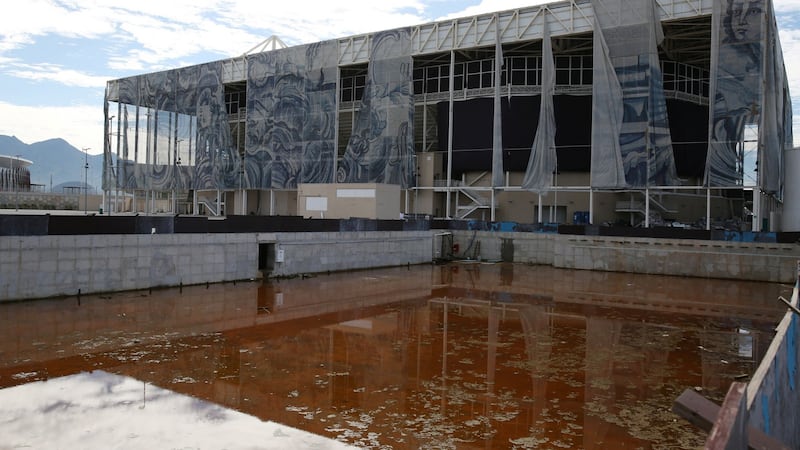
Late in January local electric utility company Light cut off power to the stadium in response to unpaid bills, claimed to be in the region of three million reals (€908,000).
At that point construction company Obrecht – part of the consortium managing the stadium – called for the state of Rio de Janeiro to take over the administration of the unloved venue. Earlier in January the Maracana had been looted, with thieves taking fire extinguishers, hoses, televisions and a bronze bust of Mario Filho, the journalist for whom the stadium was named.
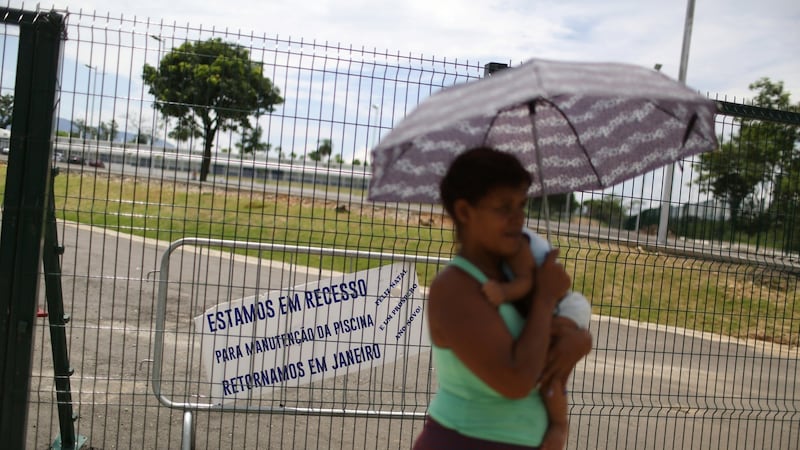
“The worries over the present and the future of the stadium are only increasing,” the Rio de Janeiro Football Federation said in a statement on January 10th, in response to reports that the venue – heavily modified in 2014 to accommodate the Games – had been further damaged.
The ground, which hosted the final match of the 1950 World Cup, was also used by four major Rio club teams – Botafogo, Flamengo, Fluminense and Vasco da Gama – but has been empty since the conclusion of the Games as key stakeholders remain at loggerheads over who will manage it into the future.
The city's €19m golf course is struggling to attract players. The course superintendent, Neil Cleverly, says the company he works for, Progolf, hasn't been paid for two months by the Brazilian Golf Confederation. And the course architect, Gil Hanse, is not impressed.
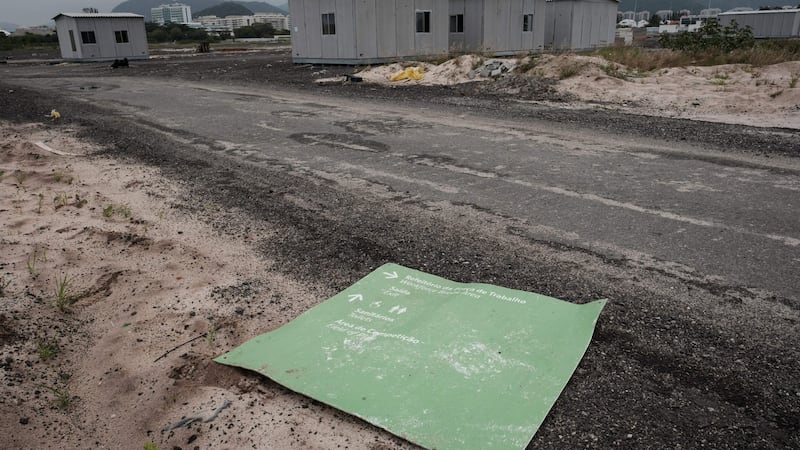
“We are bitterly disappointed ... we witnessed this type of brinkmanship during the construction of the course, and we are hopeful that this is another example of having to hit a low point before things get better,” Hanse told Golf World.
Four other venues at Olympic Park – two arenas, the tennis centre and the velodrome – have also failed to attract new operators following the conclusion of the Games, meaning the entire facility has been effectively closed down and remains off limits to the local community.
Last used on September 18th during the Paralympics, Olympic Park had attracted 150,000 patrons per day during the Games. Management of the park has transferred from Rio’s City Hall – who couldn’t attract an appropriate bid for the facility during an attempted sell-off – to the the federal government.
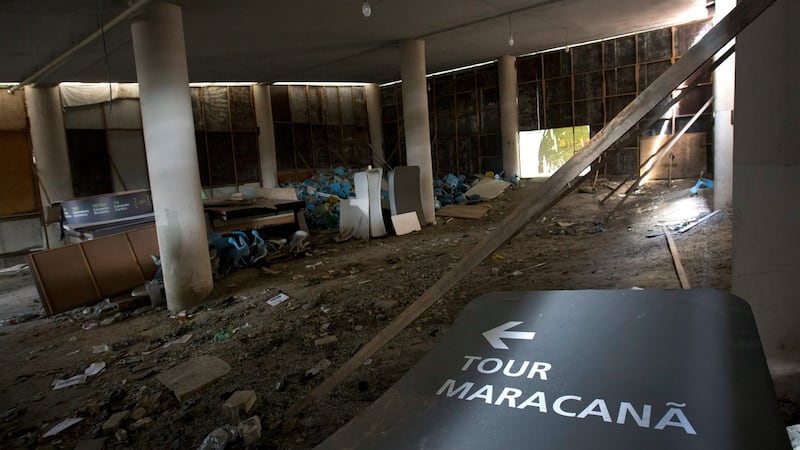
Olympic Park was entirely deserted until last weekend, when a beach volleyball event was staged on makeshift sands on what were previously the Olympic tennis courts. Spectators were aghast at the wider state of disrepair in the park. “It’s an abandonment, a disregard for public money for the visitors who come here and want to see it used,” one spectator, Wanderson Wygers, told Rio newspaper O Globo.
"The legacy is incredibly poor," said Theresa Williamson, executive director of Catalytic Communities – a Rio-based non-government organisation providing support to favela communities – in an interview with AAP. "This all coincided with the economic recession but in Rio, just like the boom here was more intense because of the Olympics, now the fall is more intense because of the Olympics. Everybody here is suffering right now, of all incomes and all stripes and colours."
The future of the Deodoro sports precinct, home to the second-largest concentration of Olympic venues, is also uncertain. The Olympic precinct in Rio’s western zone was slated to be a park and recreation area following the Games. But City Hall has closed it, terminating the operating company’s contract last December. Rio 2016, the organising committee of the Games, are holding another tender to select a company to manage Deodoro, hoping it will re-open around March.
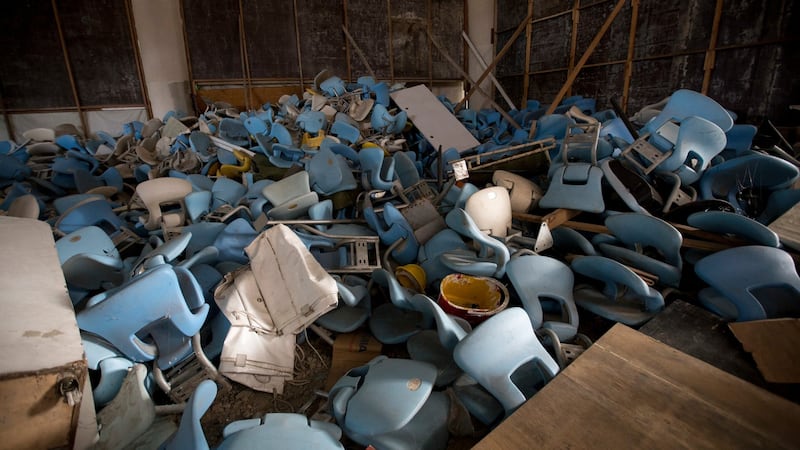
The Olympic athletes’ village remains open, but has proven an undesirable and prohibitively expensive housing option for local residents. The 800,000 square metre village – which the Australian Olympic Committee initially refused to move into at the beginning of the Games – was planned to be post-Olympic public housing, but few locals are buying into it.
In response, Rio's new mayor Marcelo Crivella struck an agreement with a government-owned financial institution and construction company Carvalho Hosken Group to provide low-rate loans to sell the accommodation to civil entities such as the navy and army.
An Amnesty study found Rio’s Olympics left “a shady legacy of a city entrenched with marginalisation and discrimination ... and a record of human rights violations where violence remains part of the game”.
Theresa Williamson said about 80,000 of Rio’s poor were removed from their homes to make way for the Games. “For the most part, they now live in worst situations than they did before – and these were already the poor in a very unequal city,” she said.
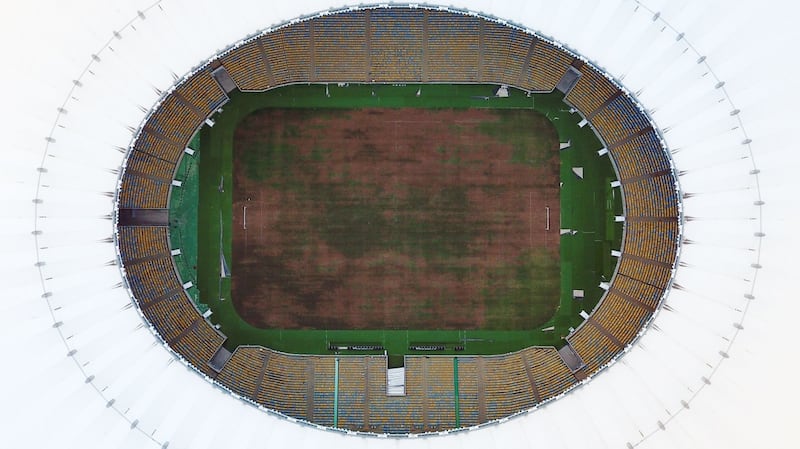
The only tangible Olympic legacy are some public transport improvements, mainly in affluent areas. “Those are the only legacies that you could claim are positive ... everything else is very negative,” Williamson said. “People are overwhelmingly not well. Everybody you talk to is struggling in some sense.”












